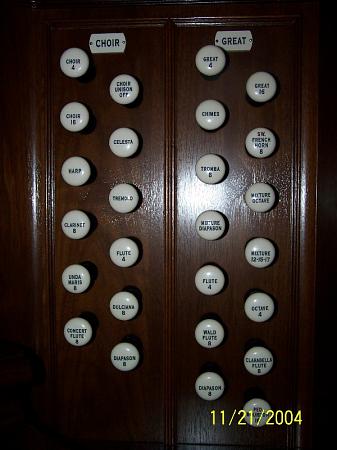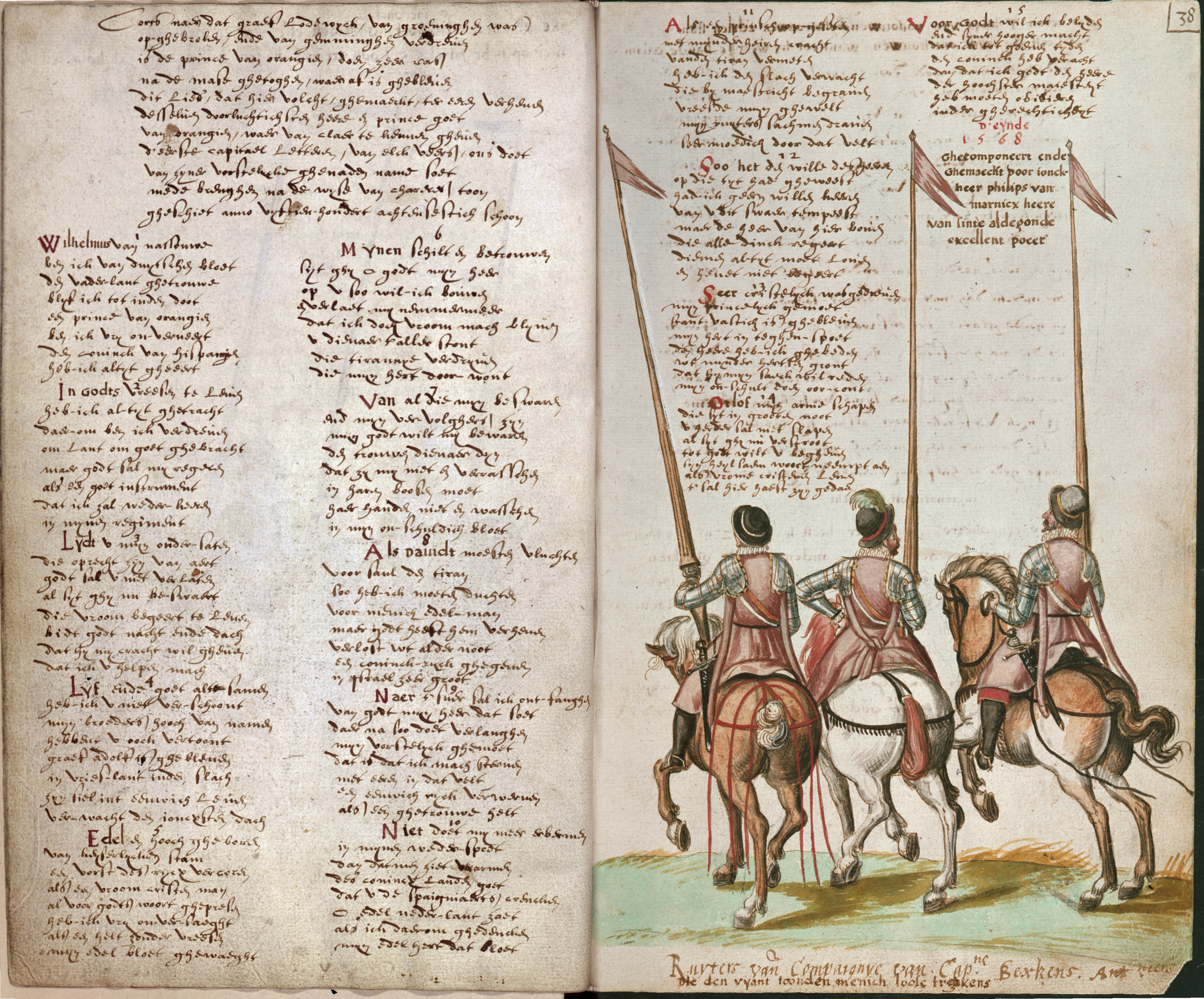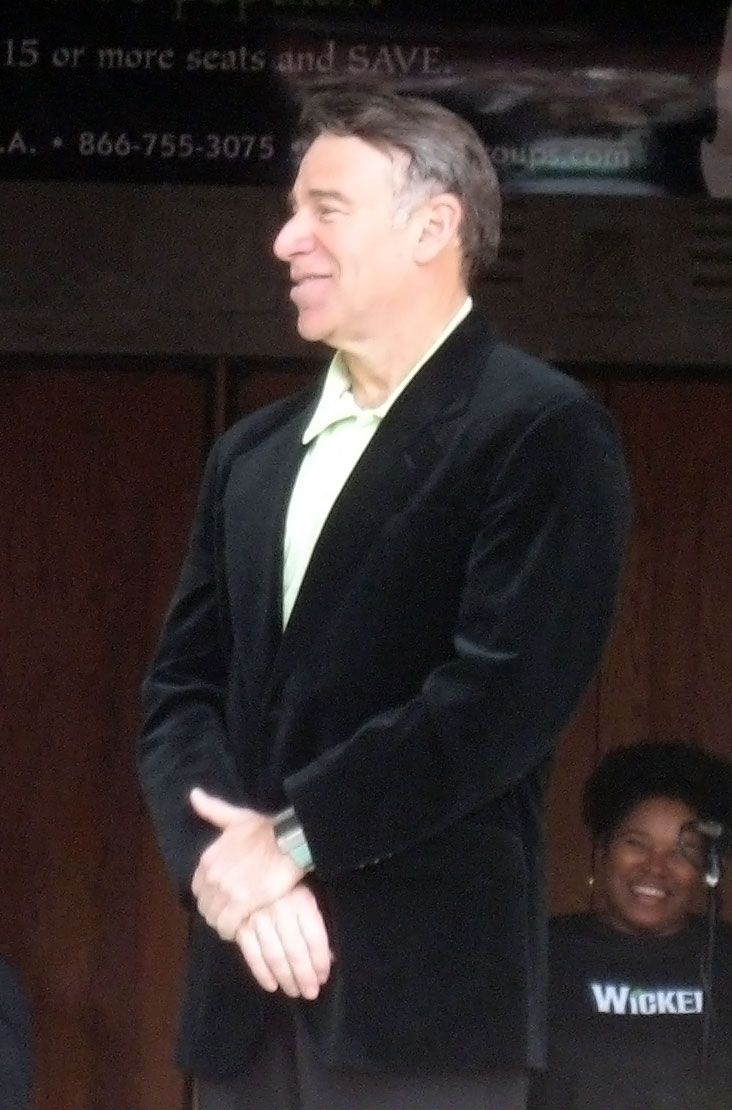|
Maestoso
''Maestoso'' () is an Italian musical term and is used to direct performers to play a certain passage of music in a stately, dignified and majestic fashion (sometimes march-like) or, it is used to describe music as such. ''Maestoso'' also is associated with the advent of Classicism, Romanticism, and the newer forms of Neo-Classicism and Neo-Romanticism. The interpretation of ''maestoso'' is varied by the conductor depending upon the overall style in which the piece is written. Used as more of an interpretive choice, this term is not always associated with a specific tempo or tempo range. Examples The term is commonly used in relatively not fast pieces, but there are many examples, such as the first movement of Mozart's Flute Concerto No. 1, in which a faster tempo can be played in such ''maestoso''. Common examples of ''maestoso'' tempo include Elgar's ''Land of Hope and Glory'', the first movement of Mozart's Piano Concerto No. 21, the first movement of both Anton Bruckner's ... [...More Info...] [...Related Items...] OR: [Wikipedia] [Google] [Baidu] |
Tempo
In musical terminology, tempo (Italian, 'time'; plural ''tempos'', or ''tempi'' from the Italian plural) is the speed or pace of a given piece. In classical music, tempo is typically indicated with an instruction at the start of a piece (often using conventional Italian terms) and is usually measured in beats per minute (or bpm). In modern classical compositions, a "metronome mark" in beats per minute may supplement or replace the normal tempo marking, while in modern genres like electronic dance music, tempo will typically simply be stated in BPM. Tempo may be separated from articulation and meter, or these aspects may be indicated along with tempo, all contributing to the overall texture. While the ability to hold a steady tempo is a vital skill for a musical performer, tempo is changeable. Depending on the genre of a piece of music and the performers' interpretation, a piece may be played with slight tempo rubato or drastic variances. In ensembles, the tempo is often ind ... [...More Info...] [...Related Items...] OR: [Wikipedia] [Google] [Baidu] |
Musical Term
A variety of musical terms are likely to be encountered in printed scores, music reviews, and program notes. Most of the terms are Italian, in accordance with the Italian origins of many European musical conventions. Sometimes, the special musical meanings of these phrases differ from the original or current Italian meanings. Most of the other terms are taken from French and German, indicated by ''Fr.'' and ''Ger.'', respectively. Unless specified, the terms are Italian or English. The list can never be complete: some terms are common, and others are used only occasionally, and new ones are coined from time to time. Some composers prefer terms from their own language rather than the standard terms listed here. 0–9 ; 1′ : "sifflet" or one foot organ stop ; I : usually for orchestral string instruments, used to indicate that the player should play the passage on the highest-pitched, thinnest string ; ′ : Tierce organ stop ; 2′ : two feet – pipe org ... [...More Info...] [...Related Items...] OR: [Wikipedia] [Google] [Baidu] |
Anton Bruckner
Josef Anton Bruckner (; 4 September 182411 October 1896) was an Austrian composer, organist, and music theorist best known for his symphonies, masses, Te Deum and motets. The first are considered emblematic of the final stage of Austro-German Romanticism because of their rich harmonic language, strongly polyphonic character, and considerable length. Bruckner's compositions helped to define contemporary musical radicalism, owing to their dissonances, unprepared modulations, and roving harmonies. Unlike other musical radicals such as Richard Wagner and Hugo Wolf, Bruckner showed extreme humility before other musicians, Wagner in particular. This apparent dichotomy between Bruckner the man and Bruckner the composer hampers efforts to describe his life in a way that gives a straightforward context for his music. Hans von Bülow described him as "half genius, half simpleton". Bruckner was critical of his own work and often reworked his compositions. There are several version ... [...More Info...] [...Related Items...] OR: [Wikipedia] [Google] [Baidu] |
Edvard Grieg
Edvard Hagerup Grieg ( , ; 15 June 18434 September 1907) was a Norwegian composer and pianist. He is widely considered one of the foremost Romantic era composers, and his music is part of the standard classical repertoire worldwide. His use of Norwegian folk music in his own compositions brought the music of Norway to fame, as well as helping to develop a national identity, much as Jean Sibelius did in Finland and Bedřich Smetana in Bohemia. Grieg is the most celebrated person from the city of Bergen, with numerous statues which depict his image, and many cultural entities named after him: the city's largest concert building (Grieg Hall), its most advanced music school (Grieg Academy) and its professional choir (Edvard Grieg Kor). The Edvard Grieg Museum at Grieg's former home Troldhaugen is dedicated to his legacy. Background Edvard Hagerup Grieg was born in Bergen, Norway (then part of Sweden–Norway). His parents were Alexander Grieg (1806–1875), a merchant and the B ... [...More Info...] [...Related Items...] OR: [Wikipedia] [Google] [Baidu] |
National Song
A national anthem is a patriotic musical composition symbolizing and evoking eulogies of the history and traditions of a country or nation. The majority of national anthems are marches or hymns in style. American, Central Asian, and European nations tend towards more ornate and operatic pieces, while those in the Middle East, Oceania, Africa, and the Caribbean use a more simplistic fanfare. Some countries that are devolved into multiple constituent states have their own official musical compositions for them (such as with the United Kingdom, Russia, and the former Soviet Union); their constituencies' songs are sometimes referred to as national anthems even though they are not sovereign states. History In the early modern period, some European monarchies adopted royal anthems. Some of these anthems have survived into current use. "God Save the King/Queen", first performed in 1619, remains the royal anthem of the United Kingdom and the Commonwealth realms. , adopted as the ... [...More Info...] [...Related Items...] OR: [Wikipedia] [Google] [Baidu] |
Stephen Schwartz (composer)
Stephen Lawrence Schwartz (born March 6, 1948) is an American musical theater lyricist and composer. In a career spanning over five decades, Schwartz has written such hit musicals as ''Godspell'' (1971), ''Pippin'' (1972), and ''Wicked'' (2003). He has contributed lyrics to a number of successful films, including ''Pocahontas'' (1995), ''The Hunchback of Notre Dame'' (1996), ''The Prince of Egypt'' (1998, music and lyrics), and '' Enchanted'' (2007). Schwartz has won the Drama Desk Award for Outstanding Lyrics, three Grammy Awards, three Academy Awards, and has been nominated for six Tony Awards. He received the 2015 Isabelle Stevenson Award, a special Tony Award, for his commitment to serving artists and fostering new talent. Early life and education Schwartz was born to a Jewish family in New York City, the son of Sheila Lorna (née Siegel), a teacher, and Stanley Leonard Schwartz, a businessman. He grew up in the Williston Park area of Nassau County, New York, where he gra ... [...More Info...] [...Related Items...] OR: [Wikipedia] [Google] [Baidu] |
Wicked (musical)
''Wicked'' is a 2003 musical with music and lyrics by Stephen Schwartz and book by Winnie Holzman. It is based on the 1995 Gregory Maguire novel '' Wicked: The Life and Times of the Wicked Witch of the West'', in turn based on L. Frank Baum's 1900 novel ''The Wonderful Wizard of Oz'' and its 1939 Metro-Goldwyn-Mayer film adaptation. The show is told from the perspective of, and focuses on, the witches of the Land of Oz; its plot begins before and continues after Dorothy Gale arrives in Oz from Kansas. ''Wicked'' tells the story of two unlikely friends, Elphaba (the Wicked Witch of the West) and Galinda (later Glinda the Good Witch), whose relationship struggles through their opposing personalities and viewpoints, same love-interest, reactions to the Wizard's corrupt government, and, ultimately, Elphaba's private fall from grace. Produced by Universal Stage Productions, in coalition with Marc Platt, Jon B. Platt, and David Stone, with direction by Joe Mantello and choreog ... [...More Info...] [...Related Items...] OR: [Wikipedia] [Google] [Baidu] |
John Williams
John Towner Williams (born February 8, 1932)Nylund, Rob (15 November 2022)Classic Connection review ''WBOI'' ("For the second time this year, the Fort Wayne Philharmonic honored American composer, conductor, and arranger John Williams, who was born on February 8, 1932.")(23 April 2022)From Jaws to Star Wars, Edmonton Symphony Orchestra celebrates John Williams CTV News is an American composer, conductor and pianist. In a career that has spanned seven decades, he has composed some of the most popular, recognizable and critically acclaimed film scores in cinematic history. Williams has won 25 Grammy Awards, seven British Academy Film Awards, five Academy Awards and four Golden Globe Awards. With 52 Academy Award nominations, he is the second most-nominated individual, after Walt Disney. His compositions are considered the epitome of film music and he is considered among the greatest composers in the history of cinema. Williams has composed for many critically acclaimed and pop ... [...More Info...] [...Related Items...] OR: [Wikipedia] [Google] [Baidu] |
Johannes Brahms
Johannes Brahms (; 7 May 1833 – 3 April 1897) was a German composer, pianist, and conductor of the mid- Romantic period. Born in Hamburg into a Lutheran family, he spent much of his professional life in Vienna. He is sometimes grouped with Johann Sebastian Bach and Ludwig van Beethoven as one of the "Three Bs" of music, a comment originally made by the nineteenth-century conductor Hans von Bülow. Brahms composed for symphony orchestra, chamber ensembles, piano, organ, violin, voice, and chorus. A virtuoso pianist, he premiered many of his own works. He worked with leading performers of his time, including the pianist Clara Schumann and the violinist Joseph Joachim (the three were close friends). Many of his works have become staples of the modern concert repertoire. Brahms has been considered both a traditionalist and an innovator, by his contemporaries and by later writers. His music is rooted in the structures and compositional techniques of the Classical masters. Emb ... [...More Info...] [...Related Items...] OR: [Wikipedia] [Google] [Baidu] |
Polonaise In A-flat Major, Op
The polonaise (, ; pl, polonez ) is a dance of Polish origin, one of the five Polish national dances in time. Its name is French for "Polish" adjective feminine/"Polish woman"/"girl". The original Polish name of the dance is Chodzony, meaning "the walking dance". It is one of the most ancient Polish dances representing Polish cultural dance tradition. Polonaise dance influenced European ballrooms, folk music and European classical music. The polonaise has a rhythm quite close to that of the Swedish semiquaver or sixteenth-note polska, and the two dances have a common origin. Polska dance was introduced to Sweden during the period of the Vasa dynasty when king Vasa introduced it from Poland to Sweden that's why its name simply mean Poland; "polska" is a Polish word for Poland. The polonaise is a very popular dance uninterruptedly danced in Poland till today. It is the dance danced as an opening dance in all major official balls, events, at the final year of the high scho ... [...More Info...] [...Related Items...] OR: [Wikipedia] [Google] [Baidu] |
Beethoven
Ludwig van Beethoven (baptised 17 December 177026 March 1827) was a German composer and pianist. Beethoven remains one of the most admired composers in the history of Western music; his works rank amongst the most performed of the classical music repertoire and span the Transition from Classical to Romantic music, transition from the Classical period (music), Classical period to the Romantic music, Romantic era in classical music. His career has conventionally been divided into early, middle, and late periods. His early period, during which he forged his craft, is typically considered to have lasted until 1802. From 1802 to around 1812, his middle period showed an individual development from the styles of Joseph Haydn and Wolfgang Amadeus Mozart, and is sometimes characterized as heroic. During this time, he began to grow increasingly Hearing loss, deaf. In his late period, from 1812 to 1827, he extended his innovations in musical form and expression. Beethoven was born in Bo ... [...More Info...] [...Related Items...] OR: [Wikipedia] [Google] [Baidu] |
.jpg)







